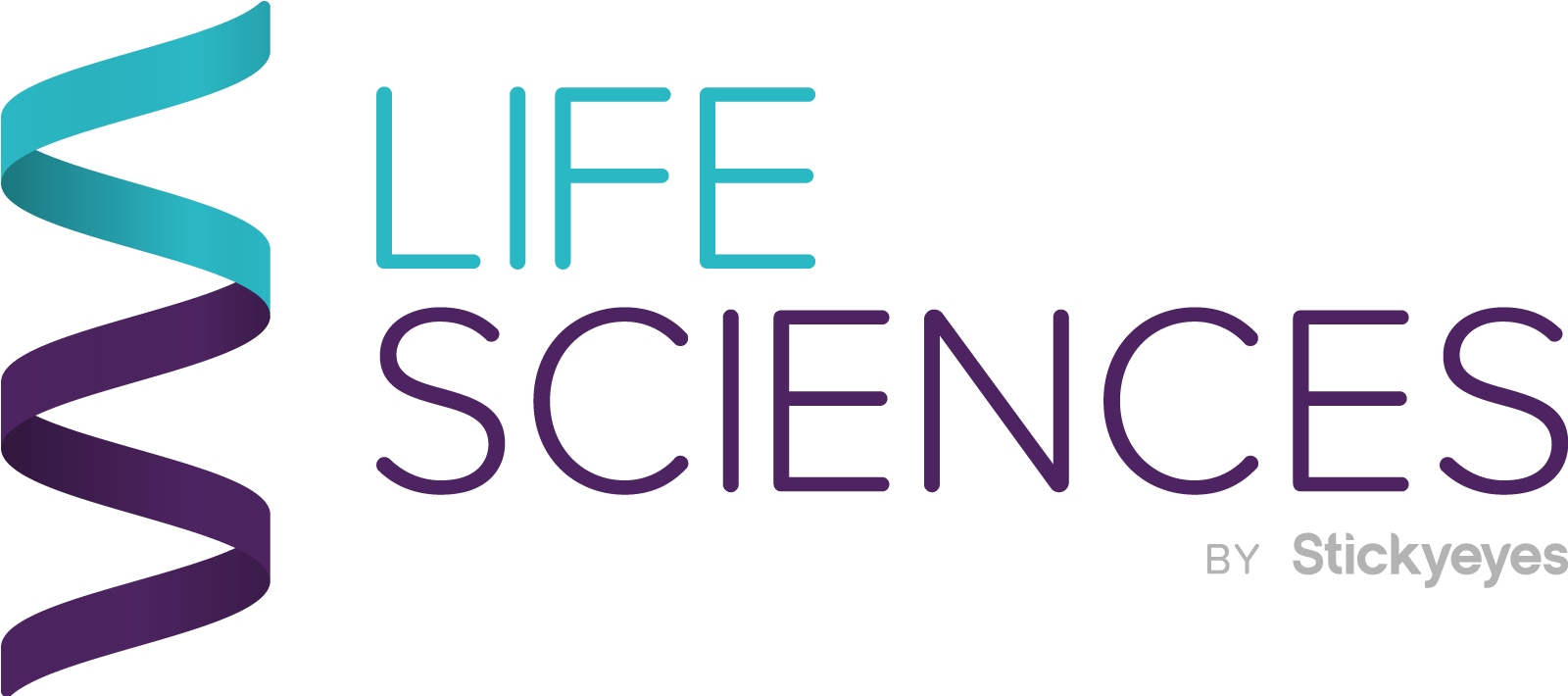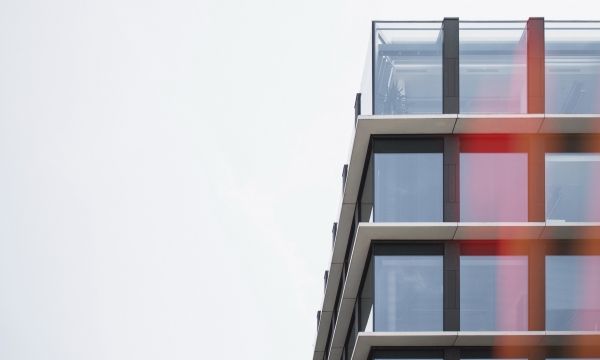
Using Facebook for data capture: distributing patient information packs
Introduction
Our client had invested substantial resources in producing a physical patient information pack about a serious heart condition affecting mainly older individuals. Having recently worked with the client to establish a Facebook presence, we knew there was an opportunity to leverage the social media channel to assist with capturing leads to distribute the information pack.
Insight
When considering the best approach, we took the following significant factors into account:
- The lead generation campaign would sit within the context of broader ‘business as usual’ Facebook activity, designed to drive awareness, engagement and traffic to the client’s patient facing informational website. This gave us the opportunity to leverage learnings from this wider activity, while also allowing our focus for this budget line to be purely on lead generation.
- We knew the client was keen to maintain a physical patient information pack, rather than create a digital version.
- The initial lead generation programme would roll out in the UK, with scope to expand to additional European markets if successful. This meant time spent in getting the initial campaign right would pay dividends for the client further down the line.
Implementation
The major plank of implementation involved making best use of Facebook’s lead generation ad format which enables data capture within the Facebook environment. To fulfil the campaign objectives, we would need to ask for a significant amount of personal information including email and postal addresses, so it was vital that all assets were designed to ensure a smooth user journey and to reinforce the trustworthiness of the client:
- Using engagement analysis from our ‘business as usual activity’, our team pulled together several variations of creatives designed to work with Facebook’s lead generation ad format. These variations were then A/B tested to understand which would drive the strongest performance, with budgets optimised accordingly.
- Targeting was based on a combination of demographic, interest and website visitor look-a-likes (a significant proportion of which were driven to the site by our more general Facebook activity). Optimisation took place throughout the campaign’s lifespan.
- We ensured the client’s eCRM software was integrated with the lead generation campaign so fulfilment and follow up emails (where consented to) could be easily managed via a third-party agency.
- Our Community Management processes, established as part of the project to launch the client on Facebook, played an important role in relation to building trust and answering queries from individuals, who were being asked to input a significant amount of personal information.
- The campaign also featured an integrated GDPR-compliant opt in for further marketing materials to maximise the value of the campaign for the client.
Within four weeks of client sign off, campaign set up was completed with assets readied for client sign off.
Impact
Within six months of go live, the Facebook lead generation activity generated almost 900 leads. This represented 89% of all leads generated within the timeframe the campaign was live. In addition to the volume of leads generated, the CPA for lead generation was around 80% less than leads generated off the back of traffic driving Facebook activity, thereby further demonstrating the value of investing in a specific lead generation campaign
Further, approximately 50% of these individuals opted in for further marketing information, representing a valuable future pool of data for our client.
The campaign’s success resulted in further roll out in Germany and Spain. In addition, we are actively exploring lead generation activity targeting a high value cardiologist audience.
- Got a question about this case study? Want to know more about our capabilities? Get in touch at life.sciences@stickyeyes.com. We’d love to hear from you.









